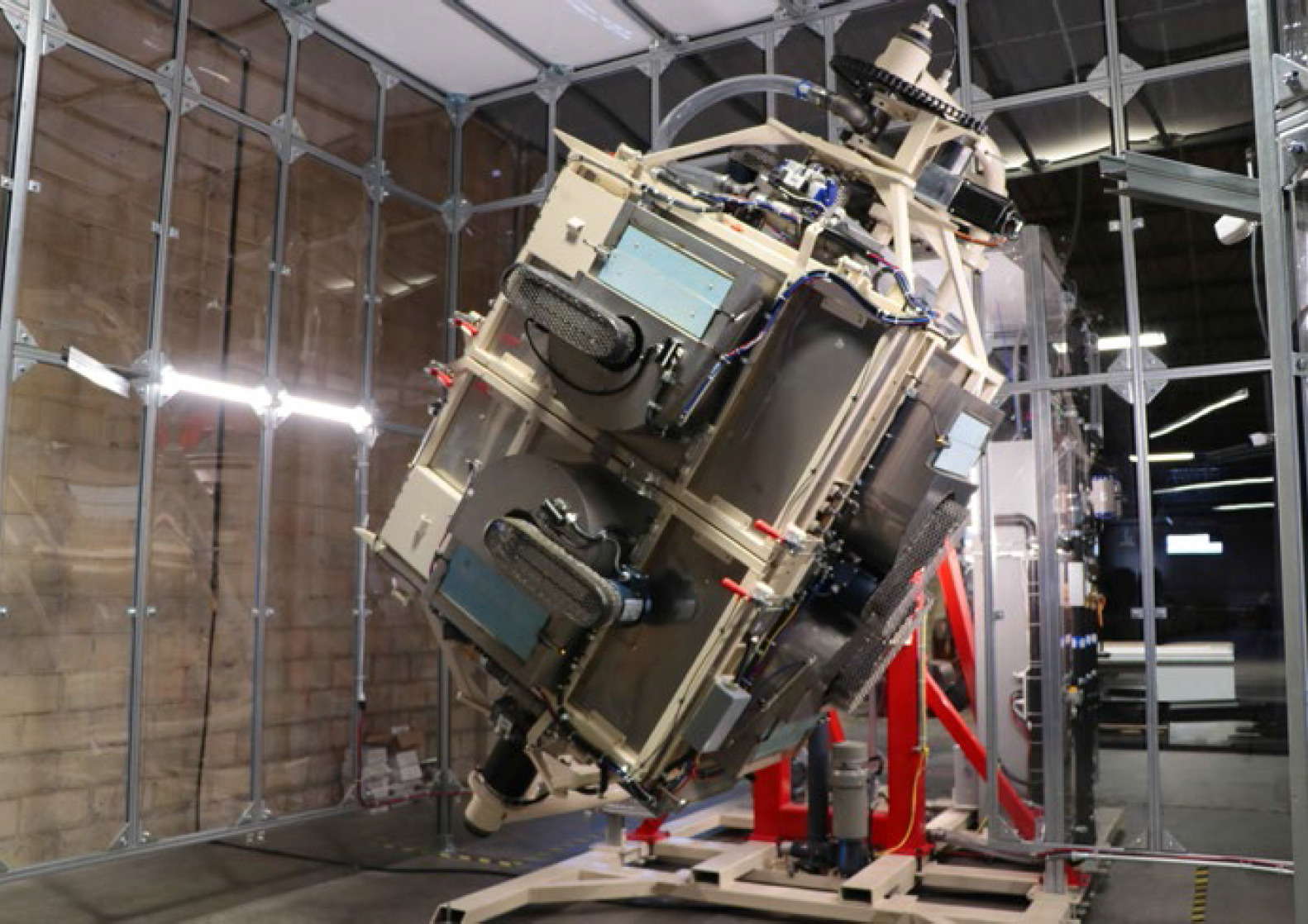What is the process of rational moulding?
Rotational Molding, often referred to as roto-moulding, rotatable casting, as well as redraft, is actually a plastics recycling technique which produces very resilient things with virtually infinite lifespans. Several options are around for causal designs, with polypropylene (PE) marks getting by far the most moulded material.
– The roto-moulding technique necessitates the use of a mould or resource, which might be made by different functions including manufacturing, casting, or machining.Rotational Molding, at times called roto-moulding, rotatable casting, and even redraft, can be a plastics recycling approach that produces very resilient things with virtually unlimited lifespans.
– A wide array of options are accessible for causal models, with polypropylene (PE) grades being one of the most typically moulded material.
What exactly is the procedure of realistic moulding?
Rotational moulding is actually a simple thought. A powder plastic-type material substance is put into a hollow mould, generally made of cast aluminium or created from sheet metallic. The mould is covered and progressively rotated on two axes. The polymer progressively melts and ‘lays up’ in the inside of your mould after it is heated up in a cooker when spinning. The mould is transferred into a chilling station and ice cold with air and occasionally a slim mist of fluid as soon as the polymer granules have fully melted.
The part hardens as being the form cools. When the material has cooled enough to release through the mould area, the process is halted, along with the result is pulled from the mould.Even though the basic principle of rotational moulding is simple, everyone who has been engaged at the same time will attest to the truth that it is exceedingly difficult.

